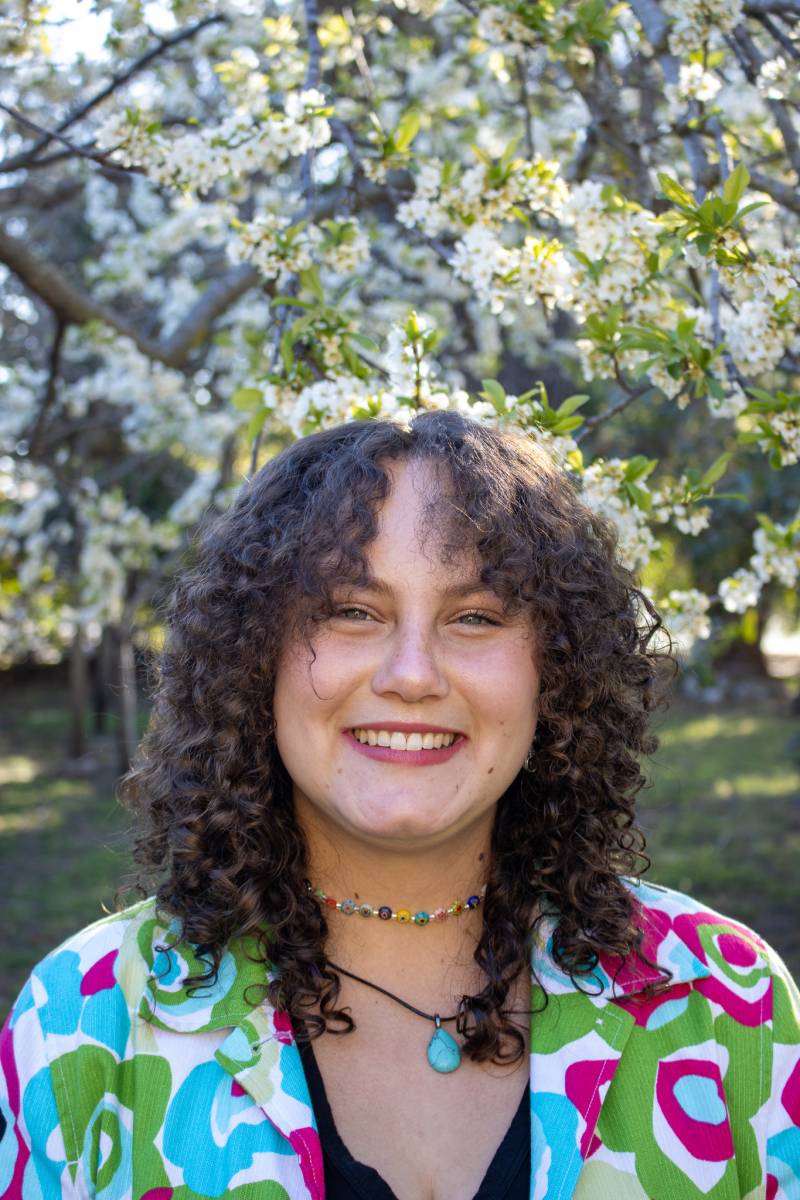While Sonya Pendrey is passionate about outdoor education, financial challenges made it harder for her to plant roots.
A seven-year-old student lifts a worm on a shovel from a garden box as an attempt to protect freshly planted seeds, not comprehending them as a collaborator. I lead the class in saying, “Hello, friend!” to the worm to develop this understanding. As a garden educator contracted through a non-profit to serve at an elementary school in San Francisco, I’m responsible for hosting garden time. That includes basic agriculture and nutrition education held in an outdoor classroom.
I started teaching outdoor environmental education because I loved it as a kid. Wandering the East Bay hills, I learned how to use dichotomous keys to decipher what kinds of trees were around or who a found bone had once belonged to. Solving nature mysteries brought me joy and peace. As an adolescent first joining the workforce, I wanted to provide that experience of freedom and tactile exploration for the next generation of youth. And for years, I have.
I started garden class by reading the bilingual story “Call Me Tree” by Maya Christina Gonzalez to a group of Spanish and English speaking second graders. I had other lesson plans but the students let me know they wanted to tend the seeds we had planted the week prior, so I provided full watering cans. We spent the rest of class watering in pairs. Giggles filled the garden, then whoops when a monarch butterfly swooped overhead.
But scheduling classes for this fall was nearly impossible after potential school closures scared off donors that garden education programming depends on. This resulted in significantly slashed funding and internal conflicts at the nonprofit. I reluctantly decided that it was time to move on.
On my last day, some students thought a worm was a snake. Laughing at their classmates’ mistake, we said, “Hello, friend!”
With a Perspective, I’m Sonya Pendrey.
Sonya Pendrey is a writer, educator, and ecologist determined to protect people and the planet.
